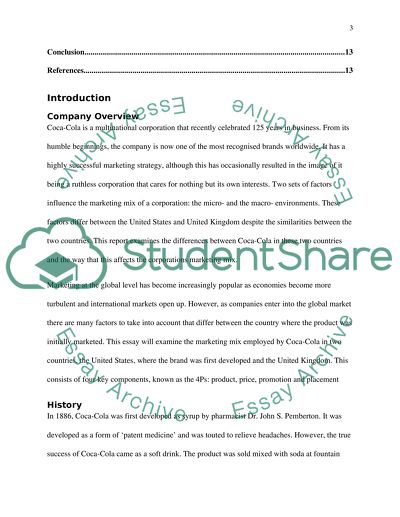Cite this document
(“Marketing mix of Coca-cola in the United Kingdom and the United States Essay”, n.d.)
Retrieved from https://studentshare.org/marketing/1394022-global-business-management
Retrieved from https://studentshare.org/marketing/1394022-global-business-management
(Marketing Mix of Coca-Cola in the United Kingdom and the United States Essay)
https://studentshare.org/marketing/1394022-global-business-management.
https://studentshare.org/marketing/1394022-global-business-management.
“Marketing Mix of Coca-Cola in the United Kingdom and the United States Essay”, n.d. https://studentshare.org/marketing/1394022-global-business-management.


